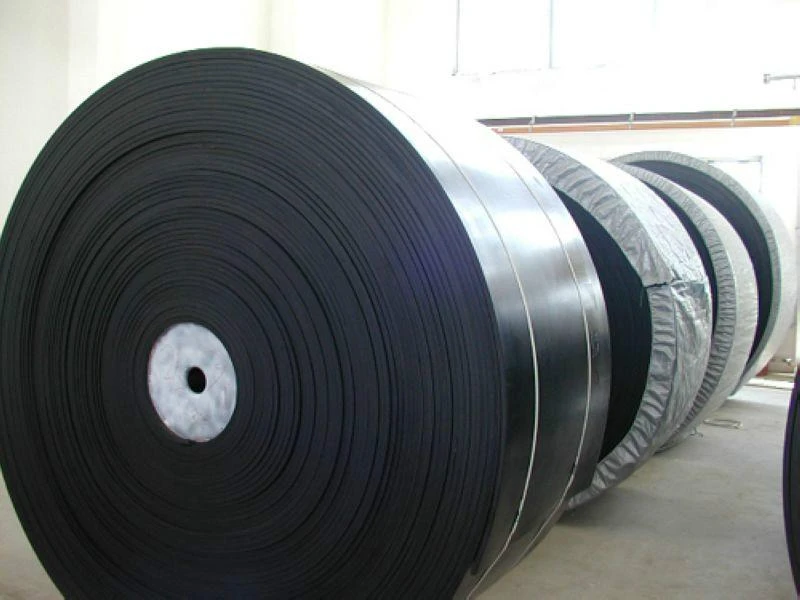 Afrikaans
Afrikaans  Albanian
Albanian  Amharic
Amharic  Arabic
Arabic  Armenian
Armenian  Azerbaijani
Azerbaijani  Basque
Basque  Belarusian
Belarusian  Bengali
Bengali  Bosnian
Bosnian  Bulgarian
Bulgarian  Catalan
Catalan  Cebuano
Cebuano  Corsican
Corsican  Croatian
Croatian  Czech
Czech  Danish
Danish  Dutch
Dutch  English
English  Esperanto
Esperanto  Estonian
Estonian  Finnish
Finnish  French
French  Frisian
Frisian  Galician
Galician  Georgian
Georgian  German
German  Greek
Greek  Gujarati
Gujarati  Haitian Creole
Haitian Creole  hausa
hausa  hawaiian
hawaiian  Hebrew
Hebrew  Hindi
Hindi  Miao
Miao  Hungarian
Hungarian  Icelandic
Icelandic  igbo
igbo  Indonesian
Indonesian  irish
irish  Italian
Italian  Japanese
Japanese  Javanese
Javanese  Kannada
Kannada  kazakh
kazakh  Khmer
Khmer  Rwandese
Rwandese  Korean
Korean  Kurdish
Kurdish  Kyrgyz
Kyrgyz  Lao
Lao  Latin
Latin  Latvian
Latvian  Lithuanian
Lithuanian  Luxembourgish
Luxembourgish  Macedonian
Macedonian  Malgashi
Malgashi  Malay
Malay  Malayalam
Malayalam  Maltese
Maltese  Maori
Maori  Marathi
Marathi  Mongolian
Mongolian  Myanmar
Myanmar  Nepali
Nepali  Norwegian
Norwegian  Norwegian
Norwegian  Occitan
Occitan  Pashto
Pashto  Persian
Persian  Polish
Polish  Portuguese
Portuguese  Punjabi
Punjabi  Romanian
Romanian  Russian
Russian  Samoan
Samoan  Scottish Gaelic
Scottish Gaelic  Serbian
Serbian  Sesotho
Sesotho  Shona
Shona  Sindhi
Sindhi  Sinhala
Sinhala  Slovak
Slovak  Slovenian
Slovenian  Somali
Somali  Spanish
Spanish  Sundanese
Sundanese  Swahili
Swahili  Swedish
Swedish  Tagalog
Tagalog  Tajik
Tajik  Tamil
Tamil  Tatar
Tatar  Telugu
Telugu  Thai
Thai  Turkish
Turkish  Turkmen
Turkmen  Ukrainian
Ukrainian  Urdu
Urdu  Uighur
Uighur  Uzbek
Uzbek  Vietnamese
Vietnamese  Welsh
Welsh  Bantu
Bantu  Yiddish
Yiddish  Yoruba
Yoruba  Zulu
Zulu Understanding V-Belt Idlers and Their Importance in Mechanical Systems
Understanding V-Belt Idlers An Essential Component in Power Transmission
In the realm of mechanical engineering and power transmission systems, the efficiency and reliability of components are paramount. One such crucial element is the V-belt idler. This article aims to explore the function, types, benefits, and maintenance of V-belt idlers, shedding light on their significance in various applications.
What is a V-Belt Idler?
A V-belt idler is a component designed to guide and maintain tension in V-belts, which are commonly used in various machinery for power transmission. The V-belt itself features a trapezoidal cross-section, enabling it to grip pulleys effectively and transmit power from one shaft to another. However, due to factors like belt wear, misalignment, or variable load conditions, maintaining the correct tension and alignment becomes critical, which is where the V-belt idler comes into play.
Functionality of V-Belt Idlers
The primary function of a V-belt idler is to keep the V-belt taut. By applying this tension, the idler helps to prevent slippage, ensuring optimal power transfer between the pulleys. Additionally, the idler assists in guiding the belt along its intended path, reducing wear and increasing the lifespan of both the belt and the associated pulleys. Furthermore, in systems with multiple belts, idlers can be strategically placed to balance load distribution and improve overall operational efficiency.
Types of V-Belt Idlers
V-belt idlers come in several configurations, each suited for different applications. The most common types include
1. Fixed Idlers These are stationary components that maintain consistent tension in the belt system. They are often used in applications where the load is steady, and no significant adjustments are required. 2. Adjustable Idlers These can be repositioned to modify the tension in the V-belt. Adjustable idlers are beneficial in systems where load variations are frequent, allowing operators to easily manage belt tension as needed.
3. Spring-Loaded Idlers These idlers utilize a spring mechanism to automatically adjust tension based on load changes. This feature is particularly useful in dynamic environments, ensuring optimal performance without constant manual adjustments.
v belt idler

Benefits of Using V-Belt Idlers
Incorporating V-belt idlers into a power transmission system offers several advantages
- Improved Efficiency By maintaining proper tension, idlers minimize slippage, leading to better energy transfer between connected components. - Extended Belt Life Properly aligned and tensioned belts experience less wear, significantly extending their operational lifespan.
- Reduced Noise and Vibration Idlers help stabilize the V-belt, resulting in smoother operation with less noise and vibration, thus contributing to a more comfortable working environment.
- Versatility V-belt idlers can be used in various applications, from automotive engines to industrial machinery, making them a versatile choice for many design engineers.
Maintenance of V-Belt Idlers
To ensure optimal performance and longevity, regular maintenance of V-belt idlers is essential. Operators should routinely inspect for signs of wear, misalignment, or damage. Adjustments to the tension should be made as necessary, and bearings within the idler should be lubricated to reduce friction and wear.
Conclusion
In conclusion, V-belt idlers are an indispensable part of power transmission systems. Their ability to maintain belt tension and alignment ensures efficient operation, enhances component lifespan, and reduces maintenance costs. For engineers and operators alike, understanding the role and functionality of V-belt idlers is crucial for optimizing performance in a wide array of applications. As industries continue to evolve, the significance of these components will undoubtedly remain vital in the quest for reliability and efficiency.
-
Revolutionizing Conveyor Reliability with Advanced Rubber Lagging PulleysNewsJul.22,2025
-
Powering Precision and Durability with Expert Manufacturers of Conveyor ComponentsNewsJul.22,2025
-
Optimizing Conveyor Systems with Advanced Conveyor AccessoriesNewsJul.22,2025
-
Maximize Conveyor Efficiency with Quality Conveyor Idler PulleysNewsJul.22,2025
-
Future-Proof Your Conveyor System with High-Performance Polyurethane RollerNewsJul.22,2025
-
Driving Efficiency Forward with Quality Idlers and RollersNewsJul.22,2025





























